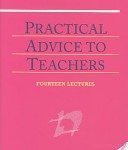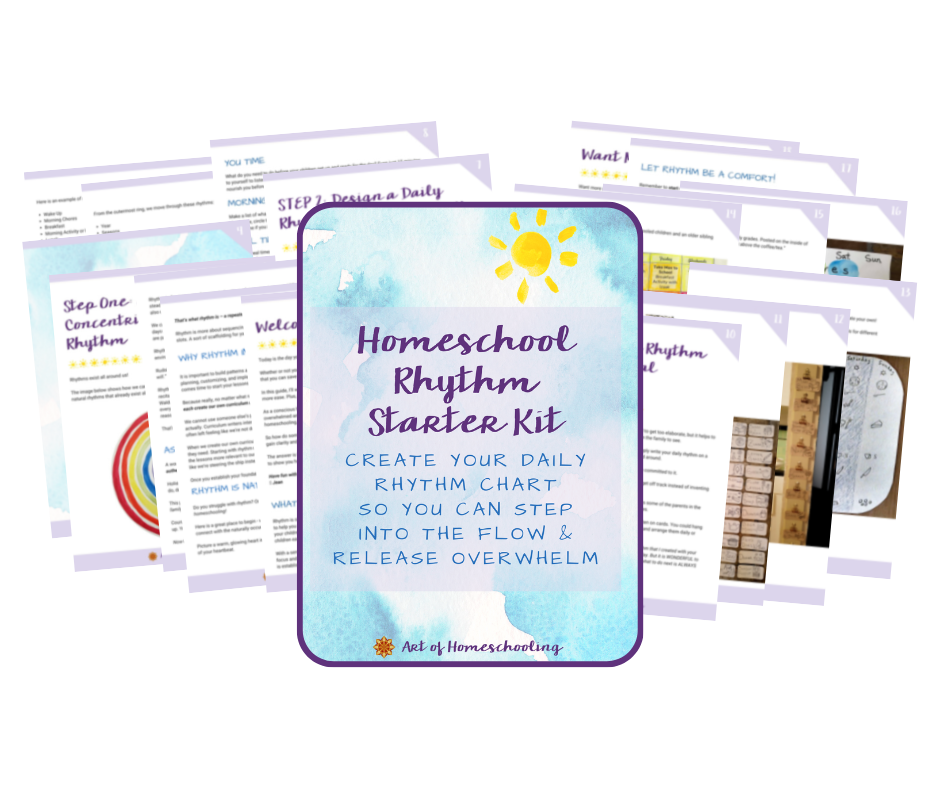Practical Advice to Teachers is a collection of Rudolf Steiner’s midday lectures to the first Waldorf teachers. And it is full of practical advice on drawing, writing, and reading in the Waldorf approach.
On day five of the Teacher’s Seminar, Steiner gives specific tips for teaching the letters: drawing transitions to writing, writing to reading handwriting, and reading handwriting to reading print.
Steiner reminds the trainees that yesterday, he spoke of bringing awareness to the children about the importance of coming to school (lessons), and then that they have hands; “start drawing and transition to painting” to bring about a sense of what is beautiful and what is not.
Once children have mastered the straight and curved lines “with their little hands,” then we want to show them that there are such things as letters! Steiner gives examples of a picture of a fish becoming an “F,” and a picture of a bear becoming a “B” by reading the word bear and then pointing out that the beginning sound is “B.” Next, point out that other words begin with the letter “B” and some words even have that sound in the middle of the word.
Here are some of Steiner’s key tips on teaching the letters:
- “The sequence you follow is quite immaterial and you need not proceed in alphabetical order.”
- “…it is good to choose examples that compel children to think of something which might also contribute to a moral and aesthetic attitude.”
- Always use capital letters to start with.
- “Consonants are explained as pictures of external objects but never vowels.” Vowel sounds come from feelings.
Steiner says there is no need to make a historical study of writing “in order to find what you need.” Rather, we want to find what we need through our own imagination. We want “to have such ability of soul that you can invent your own examples to offer your pupils with your own enthusiasm.” This is a concrete and organic way to teach writing and reading.
I love this lecture. 🙂 Rather than following other teacher’s suggestions for teaching the letters, I find that if we understand the concepts of teaching whole to parts and the sequence of drawing, writing, reading, (and there’s nothing wrong with seeing how others have done it for examples), then we are freed up to come up with beautiful stories and examples from our own lives of letter pictures for our own children. No particular order, start with capital letters, and off you go!
The Steiner Cafe is a place to explore and reflect on the lectures that Rudolf Steiner gave at the Teacher’s Seminar in 1919, the very first Waldorf teacher training. Each month here, we ponder one day of the seminar.
To read reflections on previous lectures, check out The Steiner Cafe page.
These lectures are published in three books; the morning lectures in The Foundations of Human Experience; later morning lectures in Practical Advice to Teachers; and afternoon lectures in Discussions with Teachers. We invite you to pick up the books and read along.
If you prefer, you can read online at www.rsarchive.org, or listen at www.rudolfsteineraudio.com. Or, just meet us here each Thursday or Friday at The Steiner Cafe for some lively discussion. Lot’s of options! Hope you’ll join us.




Hej Jean, I feel you have in a very clear way what Steiner said in this lecture. Do you have an understanding of what is meant by ‘start with the capital letters’? Can one in the first grade go to writing lower case? I can’t find a specific sentence with covers this.
Very best wishes and thank you in advance
Karina (from Denmark)
Hi Karina, good question! Steiner simply said to introduce capital letters first. The progression is generally to introduce capital letters in grade. Then the lower case either toward the end of first or in second grade. As homeschoolers, we can see what our child is ready for or adjust the timing according to that!